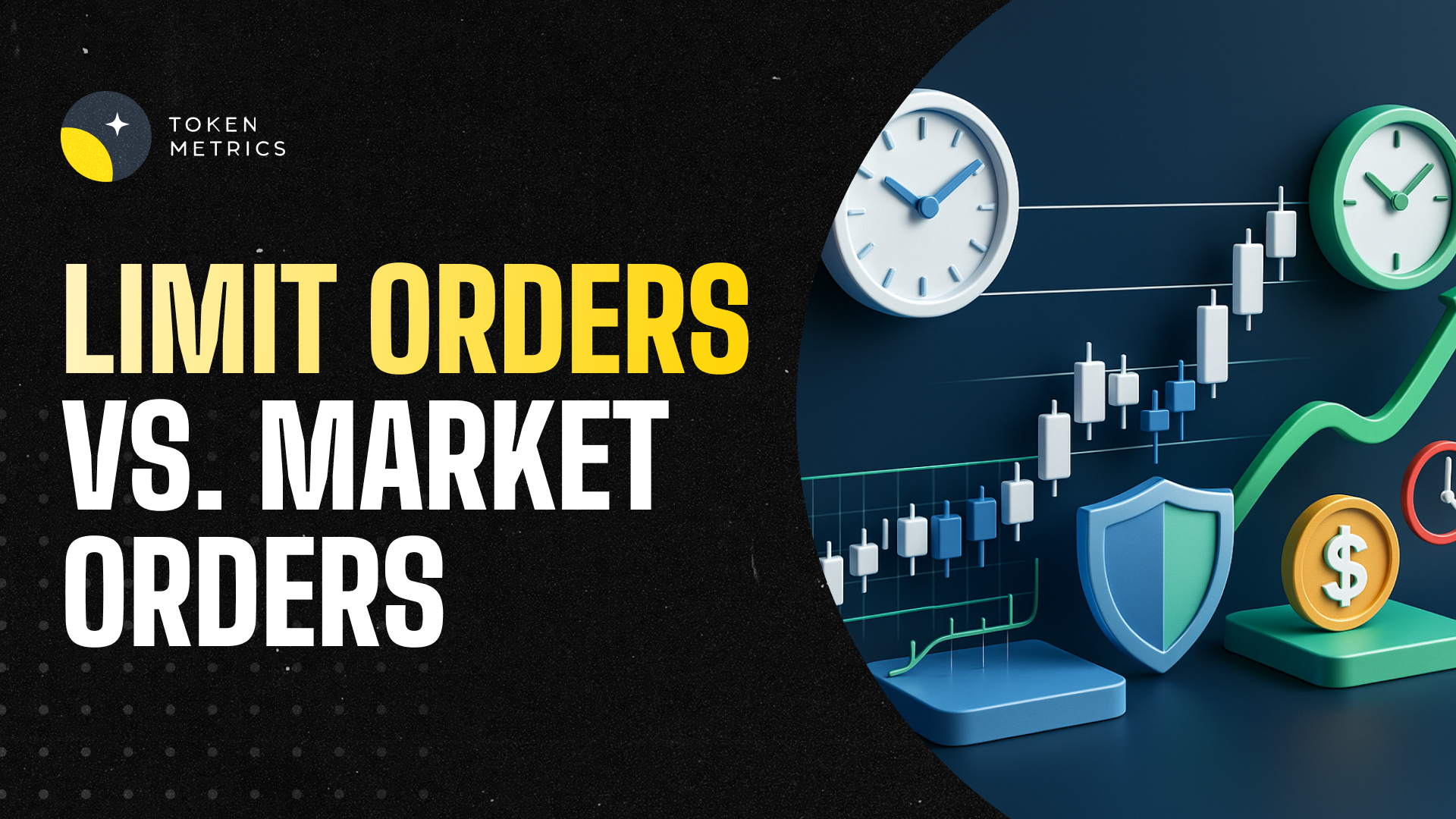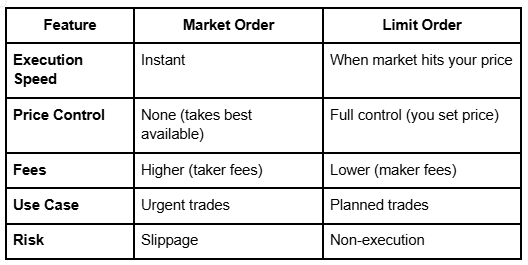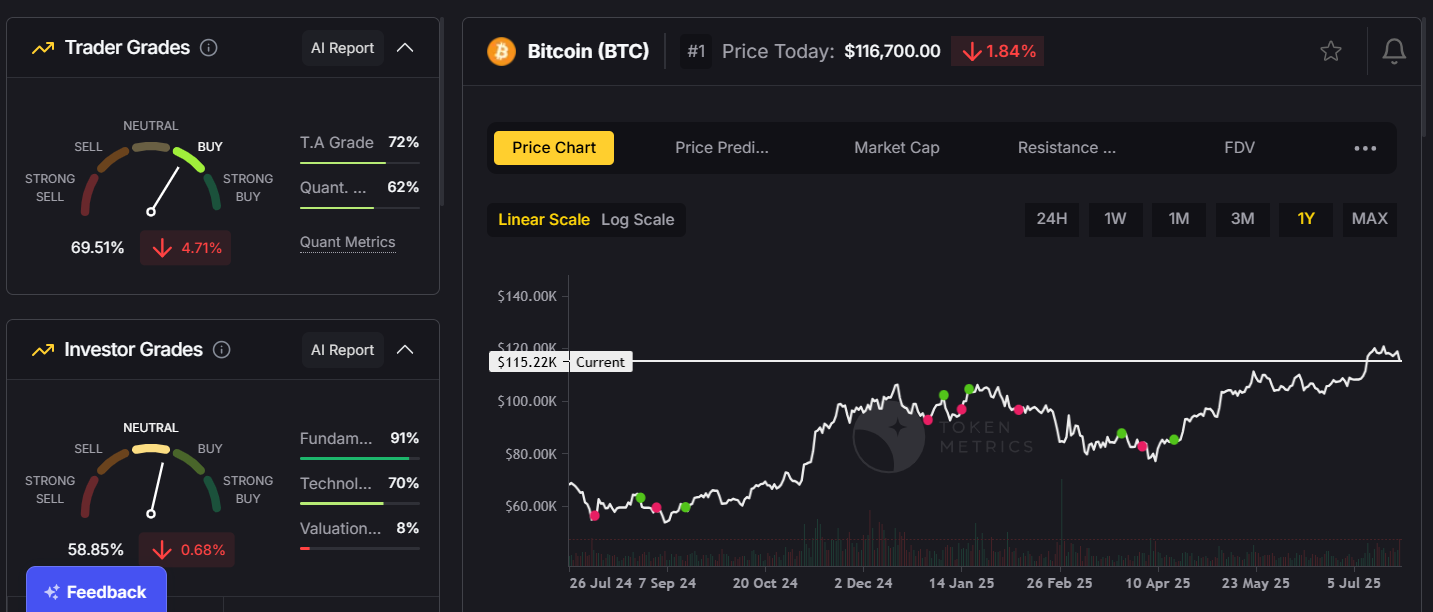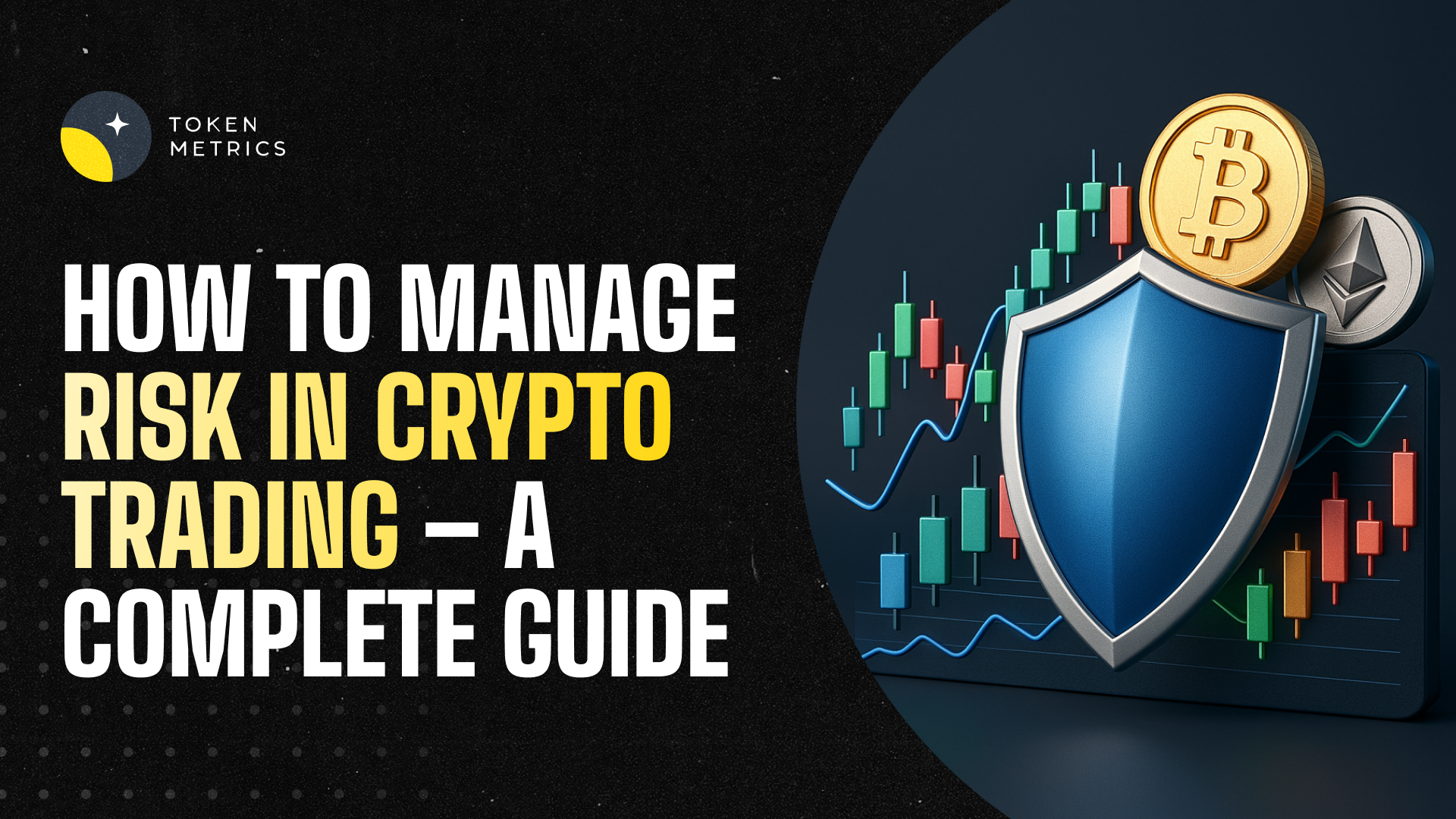How to Create a Crypto Coin? 3 Ways to Do It

In today's world of decentralization and blockchain technology, creating your own cryptocurrency has become a viable option for individuals and businesses alike. But how exactly does one go about creating a cryptocurrency? In this post, we will explore three methods for creating a cryptocurrency, ranging from the most difficult to the easiest. Whether you want to create your own blockchain, fork an existing one, or launch a token on an existing platform, this guide will provide a comprehensive overview of the steps involved. Let's dive in!
How To Create A Crypto Coin?
We are going to explain three ways to create a cryptocurrency, from basic to advanced.
Create your own blockchain (advanced)
- Choose a consensus mechanism: Determine how transactions will be validated on your network
- Design the blockchain architecture: Define who can create blocks, validate transactions, and access data
- Create a user interface: Make sure the user experience is enjoyable
- Audit crypto and code: Hire experts to review your code to ensure security and compliance
Fork an existing blockchain (intermediate)
- Choose a blockchain to fork: Decide on an existing blockchain that aligns with your goals
- Clone the blockchain: Create a copy of the chosen blockchain's code
- Modify the code: Make any necessary changes to the code to suit your needs
- Launch your blockchain: Deploy your modified blockchain and begin mining
Launch a token on an existing platform (basic)
- Choose a blockchain: Decide on a blockchain that supports the creation of tokens, like Ethereum
- Follow the platform's instructions: Each platform will have its own process for creating and launching a token - you can also use sites like Token Factory to launch your token
- Promote and distribute your token: Once your token is live, market and distribute it to potential users.
What is the Difference Between a Coin and a Token?
A coin and a token are both types of cryptocurrency, but they have some key differences. A coin is a cryptocurrency that runs on its own blockchain, meaning it has its own independent infrastructure and user base. Examples of coins include Bitcoin and Litecoin.
On the other hand, a token is a cryptocurrency that is built on top of an existing blockchain, using the infrastructure and user base of that blockchain. Tokens are often created to represent a specific asset or utility, such as rewards points or event tickets. Examples of tokens include Tether and Shiba Inu.
Another key difference between coins and tokens is their relative scarcity. Since there can only be one coin on a given blockchain, the supply of coins is limited. This can give coins a certain level of value and scarcity, which can make them attractive to investors. In contrast, there can be an unlimited number of tokens on a given blockchain, which can make them less scarce and potentially less valuable.
It's important to understand the differences between coins and tokens when creating your own cryptocurrency. Depending on your goals and requirements, you may decide to create a coin or a token, or even both. With a clear understanding of the differences between the two, you can make an informed decision and choose the right approach for your project.
A Few Things to Consider Before Designing Your Crypto Coin:
There are several important things to consider before designing your crypto coin. These considerations will help you make informed decisions and increase the chances of success for your project.
First, you should consider the utility of your cryptocurrency. What value does it offer to users? Why would someone want to buy and use your cryptocurrency? What problems does it solve? Answering these questions will help you understand the potential value of your cryptocurrency and determine its utility.
Second, you should consider any regulatory and legal requirements. Cryptocurrency is a rapidly evolving field, and laws and regulations can change quickly. It's important to understand any compliance issues in your area and make sure your project adheres to all relevant regulations.
Third, you should consider the tokenomics of your cryptocurrency. Tokenomics is the study of the economics of a crypto project, including factors such as initial pricing, supply, emissions, distribution, market capitalization, and potential value. Understanding the tokenomics of your project will help you make informed decisions about how to structure your cryptocurrency and maximize its potential value.
Overall, it's important to carefully consider these factors before designing your crypto coin. By taking the time to understand your goals, requirements, and the economics of your project, you can increase the chances of success for your cryptocurrency.
Create Your Free Token Metrics Account

.png)




%201.svg)
%201.svg)


%201.svg)

















.svg)




.png)